“By philosophy is to be understood the knowledge of the workings of Nature, by which knowledge man learns to climb to those higher mountains above the limitations of sense. By Qabbalism is to be understood the language of the angelic or celestial beings, and he who masters it is able to converse with the messengers of God. On the highest of the mountains is the School of Magia (Divine Magic, which is the language of God) wherein man is taught the true nature of all things by God Himself.”
There is a growing conviction that if the true nature of Rosicrucianism were divulged, it would cause consternation, to say the least. Rosicrucian symbols have many meanings, but the Rosicrucian meaning has not yet been revealed. The mount upon which stands the House of the Rosy Cross is still concealed by clouds, in which the Brethren hide both themselves and their secrets. Michael Maier writes: “What is contained in the Fama and Confessio is true. It is a very childish objection that the brotherhood have promised so much and performed so little. With them, as elsewhere, many are called but few are chosen. The masters of the order hold out the rose as the remote prize, but they impose the cross on those who are entering.” (See Silentium post Clamores, by Maier, and The Rosicrucians and the Freemasons, by De Quincey.)
The rose and the cross appear upon the stained glass windows of Lichfield Chapter House, where Walter Conrad Arensberg believes Lord Bacon and his mother to have been buried. A crucified rose within a heart is watermarked into the dedication page of the 1628 edition of Robert Burton’s Anatomy of Melancholy.
The fundamental symbols of the Rosicrucians were the rose and the cross; the rose female and the cross male, both universal phallic emblems. While such learned gentlemen as Thomas Inman, Hargrave Jennings, and Richard Payne Knight have truly observed that the rose and the cross typify the generative processes, these scholars seem unable to pierce the veil of symbolism; they do not realize that the creative mystery in the material world is merely a shadow of the divine creative mystery in the spiritual world. Because of the phallic significance of their symbols, both the Rosicrucians and the Templars have been falsely accused of practicing obscene rites in their secret ceremonials. While it is quite true that the alchemical retort symbolizes the womb, it also has a far more significant meaning concealed under the allegory of the second birth. As generation is the key to material existence, it is natural that the Fraternity of R.C. should adopt as its characteristic symbols those exemplifying the reproductive processes. As regeneration is the key to spiritual existence, they therefore founded their symbolism upon the rose and the cross, which typify the redemption of man through the union of his lower temporal nature with his higher eternal nature. The rosy cross is also a hieroglyphic figure representing the formula of the Universal Medicine.
THE ELEMENTARY WORLD.
From Musæum Hermeticum Reformatum et Amplificatum. The outer circle contains the figures of the Zodiac; the second, their signs and that part of the human body which they rule; the third, the months of the year, with brief notes concerning temperaments, etc. The fourth circle contains the elements accompanied by their appropriate symbols, and the following seven circles mark the orbits of the planets; also the planetary angels, the seven major members of the Universal Man, and the seven metals, each division appearing under its appropriate element according to the elemental names in the fourth circle. In the twelfth circle appear the words: “There are Three Principles, Three Worlds, Three Ages, and Three Kingdoms.” In the thirteenth circle appear the names of the twelve arts and sciences which are considered essential to spiritual growth. In the fourteenth circle is the word Nature. The fifteenth circle contains the following words. “It is the great honour of faithful souls, that from their very birth an angel is appointed to preserve and keep each of them.” (See first English translation, London, 1893.)

Moe is the founder of GnosticWarrior.com. He is a father, husband, author, martial arts black belt, and an expert in Gnosticism, the occult, and esotericism.

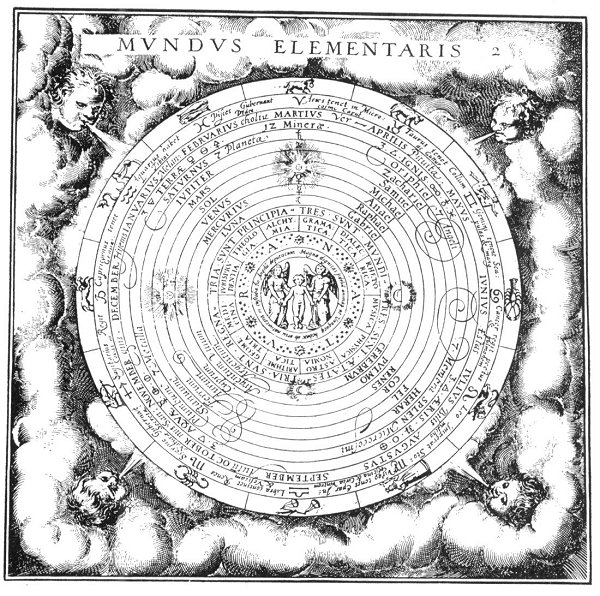
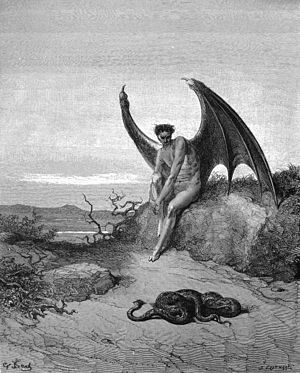

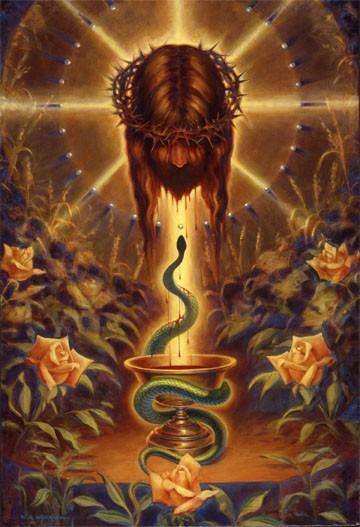
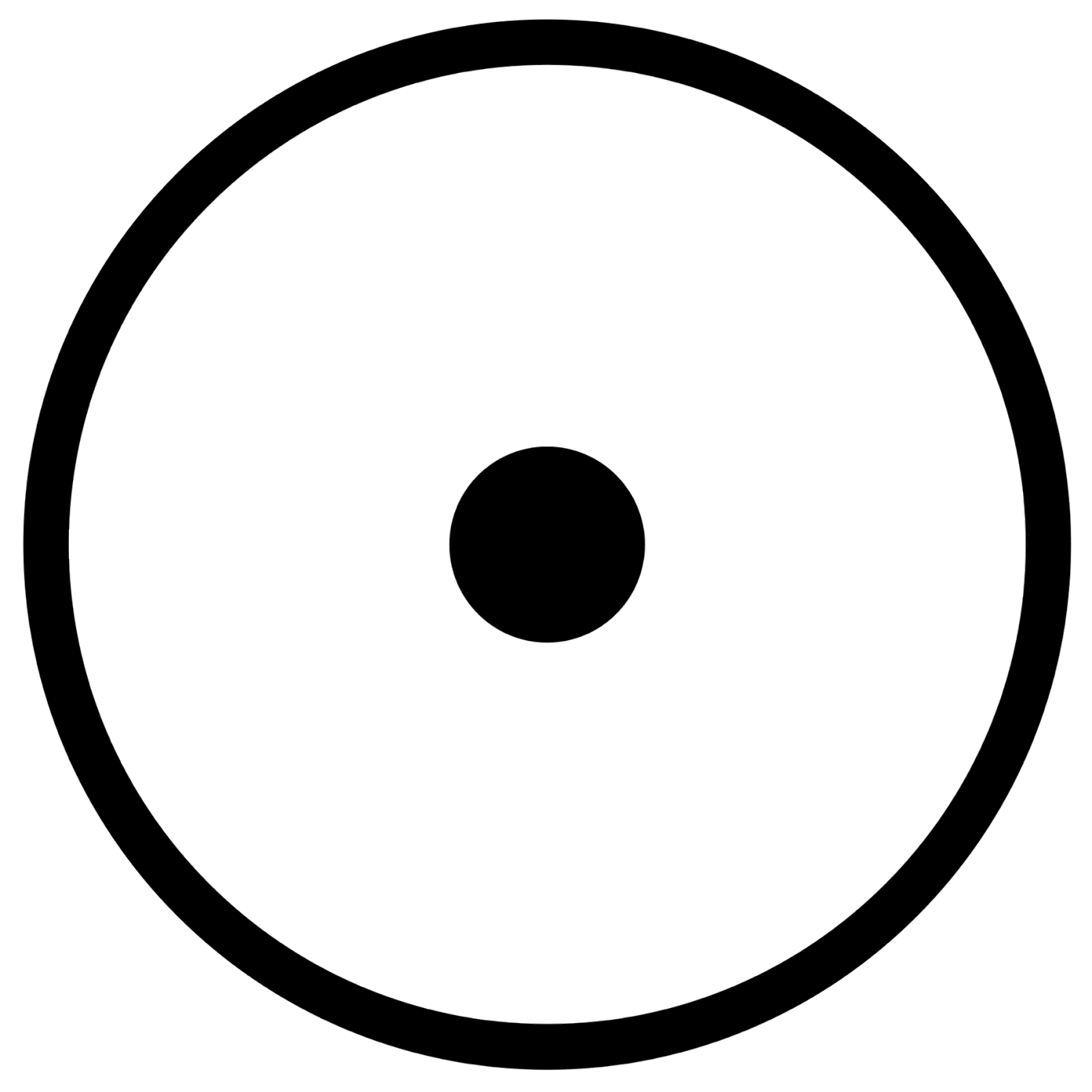
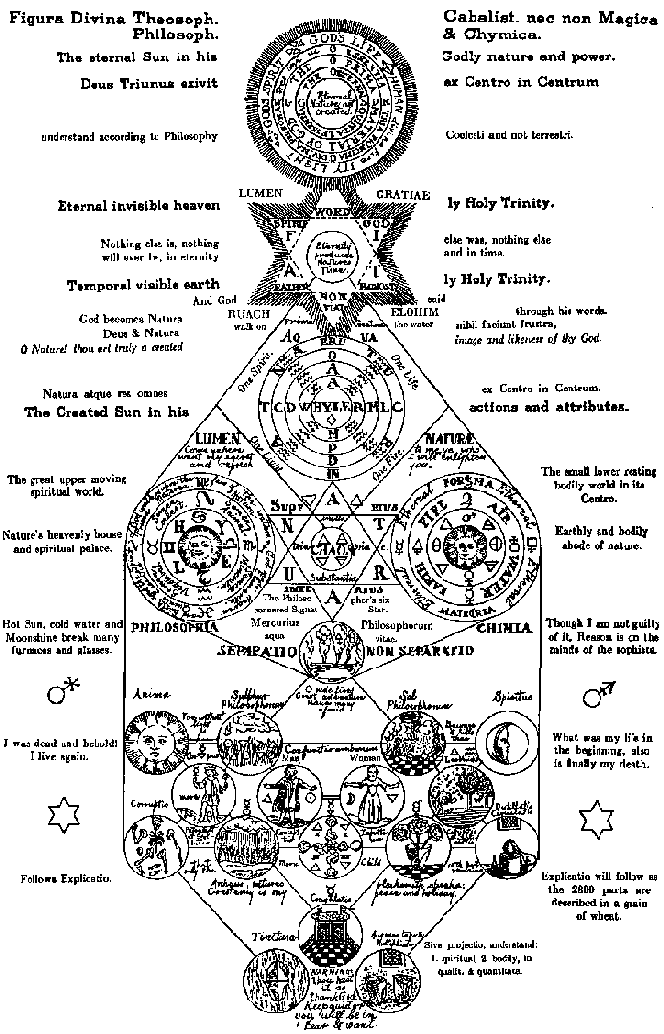
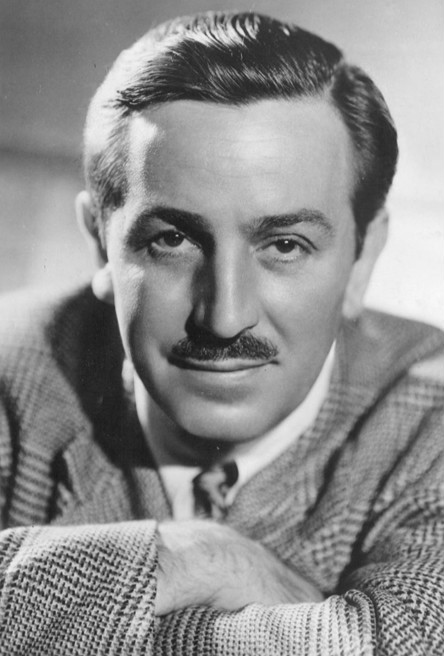
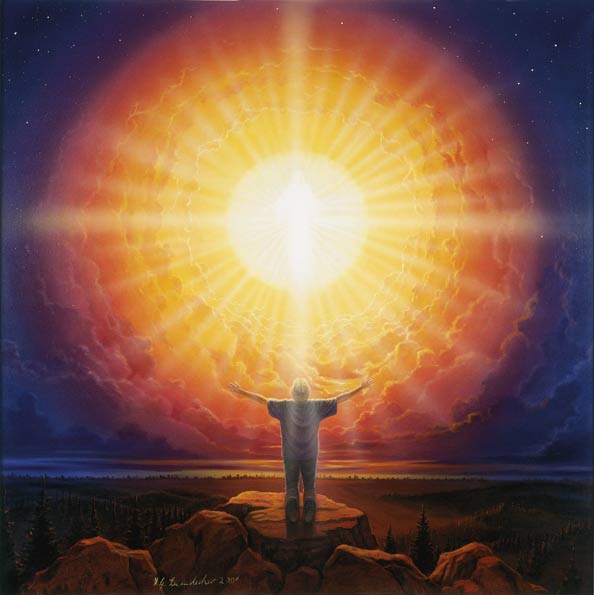
![How the South Saxons received Eadbert and Eolla, and the West Saxons, Daniel and Aldhelm, for their bishops; and of the writings of the same Aldhelm [705 A.D.] | Book 5 | Chapter 17 How the South Saxons received Eadbert and Eolla, and the West Saxons, Daniel and Aldhelm, for their bishops; and of the writings of the same Aldhelm [705 A.D.] | Book 5 | Chapter 17](https://www.gnosticwarrior.com/wp-content/plugins/contextual-related-posts/default.png)